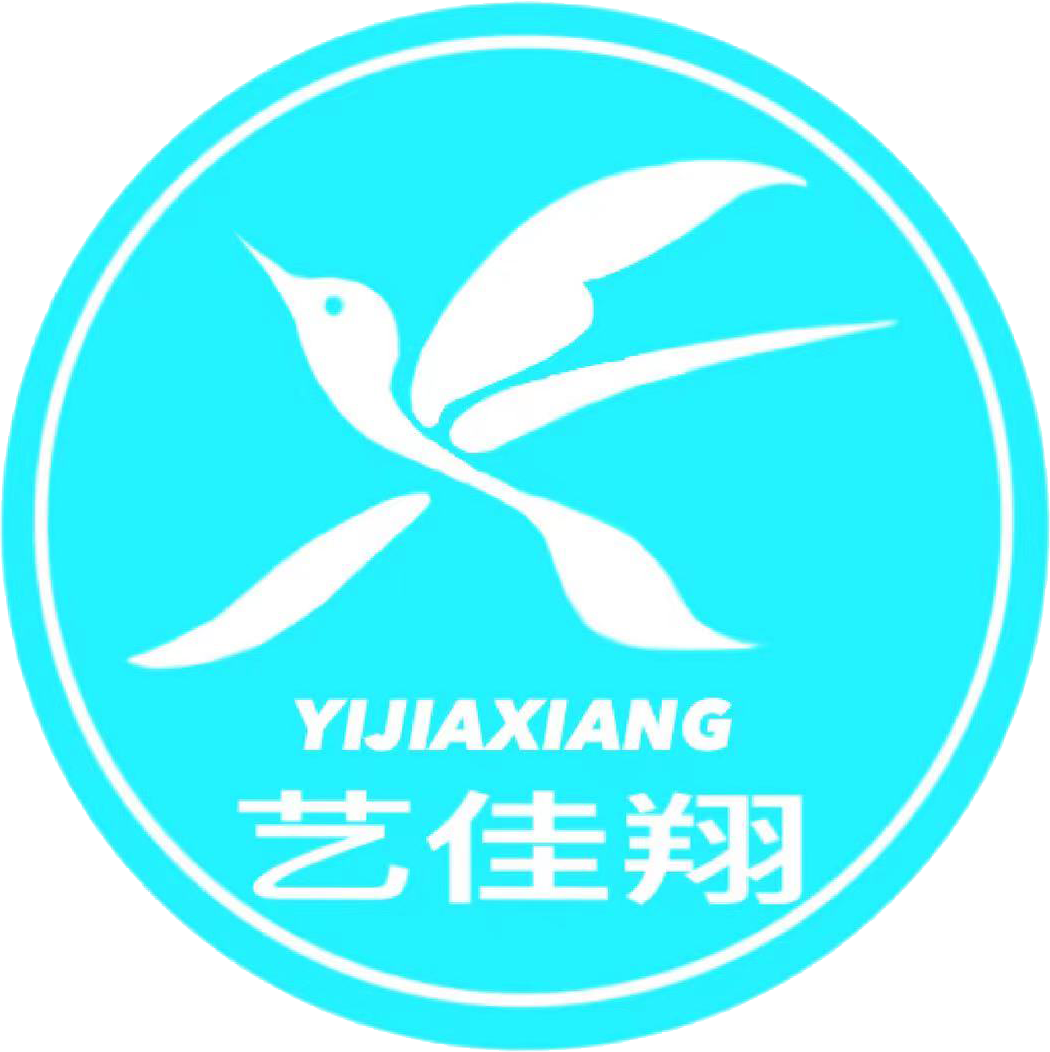22
2025
-
06
How Durable Are Silicone Labels? A Textile Industry Perspective
How Durable Are Silicone Labels? A Textile Industry Perspective
Introduction to Silicone Labels
Silicone labels have emerged as a revolutionary solution in the textile industry, offering an advanced alternative to traditional fabric labels. These versatile labels are made from silicone rubber, a material renowned for its durability, flexibility, and resistance to environmental factors. In this article, we will delve deep into the world of silicone labels, exploring their durability, advantages, applications, and more.
Understanding Silicone Material in Textile Labels
Silicone is a synthetic polymer composed of silicon, oxygen, and other elements. Its unique properties make it an ideal material for labels in various applications.
Benefits of Using Silicone in Labels
1. **Heat Resistance**: Silicone labels can withstand high temperatures, making them suitable for products that undergo washing or drying processes at elevated temperatures.
2. **Water Resistance**: Unlike paper or fabric labels, silicone labels are resistant to water, which prevents them from deteriorating in wet conditions.
3. **Chemical Resistance**: Silicone exhibits resistance to numerous chemicals, ensuring that the labels remain intact even when exposed to harsh cleaning agents.
4. **Flexibility and Elasticity**: The inherent flexibility of silicone allows labels to maintain their shape and integrity, even when subjected to stretching or bending.
The Durability of Silicone Labels: Key Factors
When assessing how durable silicone labels are, several factors come into play.
Longevity and Lifespan
Silicone labels are designed for longevity. Unlike traditional labels that may fray or fade over time, silicone labels remain intact for years, making them a cost-effective choice for manufacturers.
Environmental Resistance
Silicone labels excel in various environmental conditions. They can endure extreme temperatures, UV radiation, and moisture without compromising their structural integrity. This resistance makes them ideal for outdoor apparel and gear.
Real-World Applications and Testing
To understand the durability of silicone labels better, manufacturers often conduct rigorous testing. These tests simulate harsh conditions to ensure that the labels can withstand the challenges they will face in real-world applications.
Comparing Silicone Labels to Traditional Textile Labels
The textile industry has long relied on fabric and paper labels. However, silicone labels present numerous advantages that set them apart.
Durability Comparison
When comparing durability, silicone labels outperform traditional labels. Fabric labels may wear out, fade, or peel over time, especially under frequent washing or exposure to the elements. In contrast, silicone labels maintain their quality and appearance, even after prolonged use.
Design Versatility
Silicone labels offer a higher degree of design versatility than traditional labels. They can be molded into various shapes, sizes, and colors, allowing brands to create unique branding elements that stand out.
Applications of Silicone Labels in the Textile Industry
Silicone labels can be found in a wide range of textile applications.
Clothing and Apparel
From activewear to luxury fashion, silicone labels are increasingly used in clothing. They provide a modern touch while offering durability that meets the demands of various clothing types.
Outdoor Gear and Accessories
Silicone labels are particularly beneficial in outdoor equipment, such as tents, backpacks, and sporting goods. Their water and UV resistance ensure that they remain functional and visually appealing in challenging environments.
Home Textiles
In home textiles, silicone labels are gaining traction in products like curtains, upholstery, and bedding. Their durability makes them suitable for items that undergo regular washing and usage.
Manufacturing Process of Silicone Labels
Understanding how silicone labels are made helps appreciate their durability.
Silicone Molding Techniques
The manufacturing process typically involves silicone molding techniques. Liquid silicone rubber (LSR) is injected into molds to create the desired label shape. This method ensures precision and quality control.
Printing and Branding Options
Once molded, silicone labels can be printed with logos, text, or designs. Various printing techniques, including pad printing and laser engraving, can be used to create eye-catching and durable designs.
Care and Maintenance of Silicone Labels
To maximize the lifespan of silicone labels, proper care and maintenance are essential.
Washing Instructions
Silicone labels should be washed with care. While they are generally resistant to washing, it's advisable to follow specific washing instructions to maintain their appearance and functionality.
Storage Recommendations
Storing items with silicone labels in a cool, dry place helps prevent any potential degradation over time. Avoid direct sunlight exposure for extended periods to maintain color integrity.
Cost-Effectiveness of Silicone Labels
When considering the cost of silicone labels, it’s important to evaluate their long-term value.
Initial Investment vs. Longevity
While the initial cost of silicone labels may be higher than traditional labels, their longevity and reduced need for replacement make them a more cost-effective option in the long run.
Brand Value and Consumer Perception
Using high-quality silicone labels can enhance brand value. Consumers often perceive brands that use durable, high-quality materials as more trustworthy and premium.
Future Trends in Silicone Labels for the Textile Industry
As technology advances, the future of silicone labels appears promising.
Sustainability and Eco-Friendly Options
With an increasing emphasis on sustainability in the textile industry, the development of eco-friendly silicone materials is underway. Brands are looking for ways to incorporate sustainable practices while maintaining product quality.
Customization and Personalization
The trend toward customization will likely continue, with more brands looking to offer personalized labels that resonate with consumers. This trend allows brands to create unique identities through their products.
FAQs About Silicone Labels
1. Are silicone labels safe for sensitive skin?
Yes, silicone is hypoallergenic and safe for sensitive skin, making silicone labels suitable for a wide range of consumers.
2. Can silicone labels withstand high washing temperatures?
Yes, silicone labels are designed to withstand high temperatures and can endure hot washing without damage.
3. How do silicone labels compare to woven labels in terms of durability?
Silicone labels typically offer superior durability compared to woven labels, which may fray or fade over time.
4. Are silicone labels suitable for outdoor gear?
Absolutely! Silicone labels are highly resistant to water, UV rays, and extreme temperatures, making them perfect for outdoor applications.
5. Can silicone labels be recycled?
While traditional silicone is not widely recyclable, advancements in materials are leading to more sustainable options. Always check with manufacturers for their specific recycling policies.
Conclusion
In conclusion, silicone labels represent a significant advancement in the textile industry, offering unmatched durability, flexibility, and resistance to environmental factors. Their longevity and resistance to wear make them an ideal choice for various applications, from clothing to outdoor gear. By understanding the benefits and manufacturing processes of silicone labels, brands can make informed decisions that enhance their products and meet consumer demands for quality and durability. As the textile industry evolves, silicone labels will undoubtedly play a crucial role in shaping the future of labeling solutions.
silicone label
Previous Page
Previous Page

Telephone:18850529927

Mailbox:87339004@qq.com

Address: Room 401, No. 90 Huliyuan, Tong 'an District, Xiamen City

WeChat QR
Copyright©2023 Xiamen Shunyi Xingyuan Industry and Trade Co., Ltd.SEO Tags

 Language
Language






